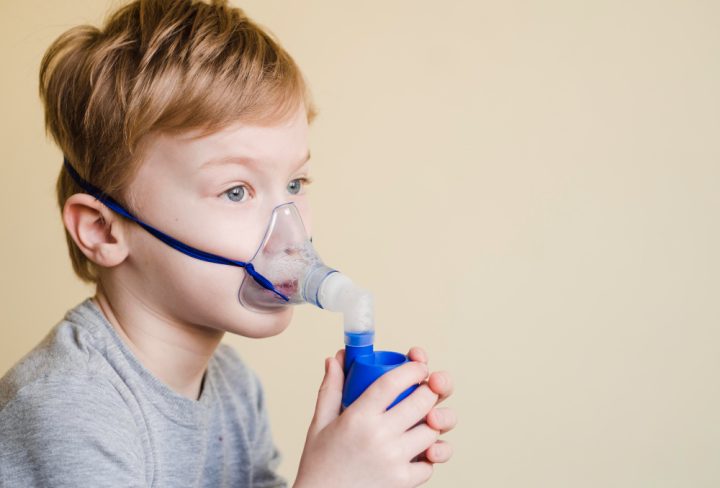What is Childhood Asthma?
Childhood asthma is a long-term lung condition that makes it hard for children to breathe. It happens when the airways in the lungs become swollen and narrow. Because of this, children may cough, wheeze, or feel short of breath. Asthma in children can start at any age, but it often begins before age five. According to the CDC, asthma is one of the most common chronic diseases in children. Early diagnosis and good management can help kids live active, healthy lives.
Common Symptoms of Childhood Asthma
Children with asthma may show different symptoms. However, some signs are more common. Knowing these can help parents spot problems early. Common childhood asthma symptoms include:
Sometimes, symptoms get worse with colds, allergies, or exercise. If you notice these signs, it is important to talk to your doctor.
Causes and Risk Factors
There is no single cause of asthma in children. Instead, several factors can increase the risk. For example, children may develop asthma if they have:
In some areas, certain triggers are more common. For instance, pollen is a bigger problem in spring. In cities, air pollution can make symptoms worse. Knowing your child’s triggers can help you prevent asthma attacks.
How Childhood Asthma is Diagnosed
Doctors use several steps to diagnose childhood asthma. First, they ask about your child’s symptoms and family history. Next, they may do a physical exam. Sometimes, doctors use breathing tests, such as spirometry, to check lung function. However, these tests can be hard for very young children. In those cases, doctors may watch how your child responds to asthma medicine. If symptoms improve, it can help confirm the diagnosis. Your doctor may also check for allergies or other conditions that cause similar symptoms.
Treatment and Management Options
Managing pediatric asthma involves more than just medicine. Still, most children need asthma medicines to control symptoms. There are two main types:
Doctors will create an asthma action plan for your child. This plan explains what to do every day and during attacks. Regular check-ups are important to track progress and adjust treatment if needed.
Lifestyle Tips for Children with Asthma
Besides medicine, daily habits can help manage asthma in children. Here are some helpful tips:
With these steps, children can stay active and healthy. However, always follow your doctor’s advice for the best results.
Preventing Asthma Attacks in Children
Preventing asthma attacks in kids is possible with good planning. For example, you can:
Because asthma can change over time, regular doctor visits are important. This helps keep your child’s asthma under control.
When to See a Doctor
Sometimes, asthma symptoms can get worse quickly. You should see a doctor if your child:
If symptoms do not improve with medicine, seek emergency care right away. Early treatment can prevent serious problems.
In summary, childhood asthma can be managed with the right care and support. For personalized advice on managing childhood asthma, consult a pediatrician.
